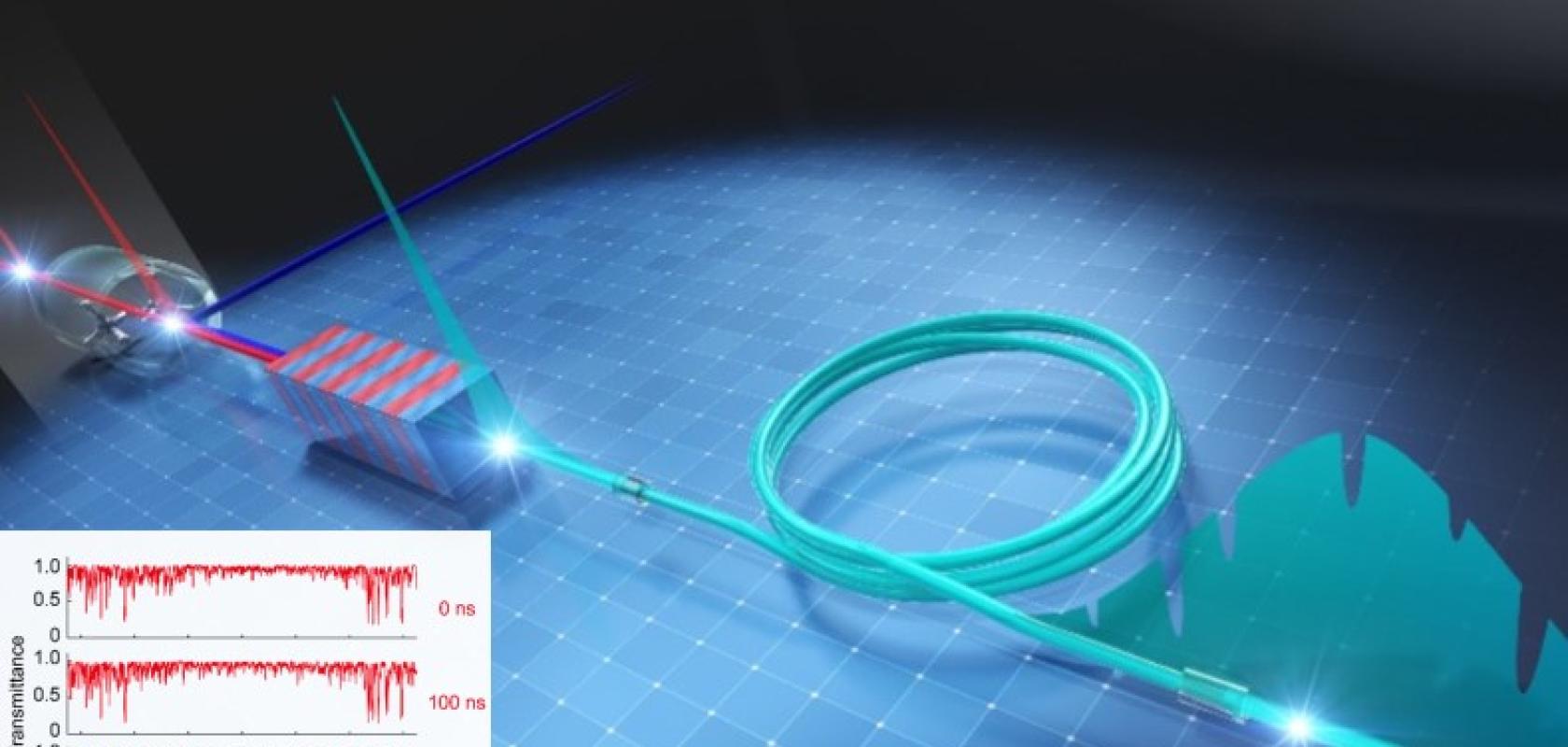Researchers at the University of Tokyo have developed a technique for acquiring high-speed and high-resolution spectral data using infrared spectroscopy.
The technique, published in Light: Science and Applications could be used to trace phenomena such as the combustion of gases or the irreversible chemical reactions of biomolecules.
Infrared spectroscopy is a non-invasive tool for identifying unknown samples and known chemical substances through examining how different molecules interact with infrared light. The technique has many applications, including: screening for illicit drugs in airports; performing liquid biopsies; monitoring environmental gases; detecting contaminants; conducting forensic analyses; and searching for exoplanets, among others.
However, according to the Tokyo scientists, traditional infrared spectroscopy methods often provide low (temporal) resolution data. They are therefore usually only applied to static samples, due to spectral data acquisition being a slow process.
To detect fast-changing phenomena, multiple quick measurements are instead required.
Now however, thanks to the work of Professor Ideguchi and his team at the University of Tokyo, it is now possible to obtain such high-speed and high-resolution spectral data.
The team have developed a technique known as upconversion time-stretch infrared spectroscopy (UC-TSIR), which can be used to measure infrared spectra with 1,000 spectral elements at a rate of 10 million spectra per second.
“With recent improvements in the capability of analysing spectra using machine learning and other techniques, it is essential for infrared spectroscopy methods to acquire a large amount of molecular vibration information rapidly. We wanted to develop the infrared spectroscopy method to achieve that,” said Ideguchi, explaining the motivation of his research team.
In UC-TSIR, first, the examined sample is illuminated with infrared light (2-20µm wavelength). The light then interacts with the molecules of the sample, with certain portions of the light being absorbed. In traditional absorption spectroscopy, the absorbed wavelengths are then identified through detecting the remaining wavelengths and producing an absorption spectra, from which the molecular composition and properties of the sample can be inferred. However, in UC-TSIR, before the absorption spectra is created, the unabsorbed wavelengths are first ‘upconverted’ from low-energy infrared wavelengths to high-energy near-infrared wavelengths. These near-infrared pulses then travel through an optical fibre that essentially “stretches” the pulse in time. A near-infrared photodetector is then used to detect the stretched pulses, with the absorption spectra then being created from the detected wavelengths.
The data from conventional time-stretch infrared spectroscopy methods offers fewer measurable spectral elements (~30) due to the instruments operating in the infrared region, where optical technology is currently limited, according to the Tokyo researchers.
“UC-TSIR breaks the limit by converting infrared pulses containing molecular vibration information into near-infrared pulses with wavelength conversion techniques (upconversion) and temporally stretching and detecting the pulses in the near-infrared region,” said Dr. Hashimoto, lead author of the Light: Science and Applications paper describing UC-TSIR.
Compared to conventional methods, UC-TSIR provides over 30-times more spectral elements and 400-times better spectral resolution. The UC-TSIR can trace high-speed phenomena such as the combustion of gaseous molecules and irreversible chemical reactions of biomolecules at a high temporal resolution.
“We carefully selected optical elements and adjusted the parameters through trial and error,” said Dr Hashimoto. “Even after building the setup, we dealt with various spectral distortions caused by unwanted nonlinear optical effects and insufficient time stretching. We were overjoyed when we finally saw clear infrared absorption spectra after dealing with those issues. Nanosecond- or microsecond-scale ultrafast continuous infrared spectral measurements by UC-TSIR can solve problems unresolved by conventional spectroscopy methods.”
Learn more about UC-TSIR in the new Light Science and Applications paper.


